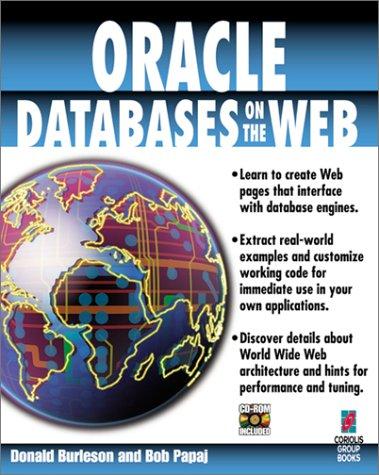Question
Create a C program to sort the lines of an input file (or from standard input) and print the sorted lines to an output file
Create a C program to sort the lines of an input file (or from standard input) and print the sorted lines to an output file (or standard output). Your program, called bstsort (binary search tree sort), will take the following command line arguments: % bstsort [-c] [-o output_file_name] [input_file_name] If -c is present, the program needs to compare the strings case sensitive; otherwise, it's case insensitive. If the output_file_name is given with the -o option, the program will output the sorted lines to the given output file; otherwise, the output shall be the standard output. Similarly, if the input_file_name is given, the program will read from the input file; otherwise, the input will be from the standard input. You must use getopt() to parse the command line arguments to determine the cases. All strings will be no more than 100 characters long. In addition to parsing and processing the command line arguments, your program needs to do the following:
1. You need to construct a binary search tree as you read from input. A binary search tree is a binary tree. Each node can have at most two child nodes (one on the left and one on the right), both or either one can be empty. If a child node exists, it's the root of a binary search tree (we call subtree). Each node contains a key (in our case, it's a string) and a count of how many of that string were included. If the left subtree of a node exists, it contains only nodes with keys less than the node's key. If the right subtree of a node exists, it contains only nodes with keys greater than the node's key. You can look up binary search tree on the web or in your Data Structure textbook. Note that you do not need to balance the binary search tree (that is, you can ignore all those rotation operations).
2. Initially the tree is empty (that is, the root is null). The program reads from the input file (or stdin) one line at a time; If the line is not an empty line and the line is not already in the tree, it should create a tree node that stores a pointer to the string (or optionally a copy of the string) and a count of 1 indicating this is the first occurrence of that string, and then insert the tree node to the binary search tree. An empty line would indicate the end of input for stdin, an empty line or end of file would indicate the end of input for an input file. If the line is not an empty line and the line is already in the tree, increase the count for that node indicating that there are multiple instances of that line.
3. You must develop two string comparison functions, one for case sensitive and the other for case insensitive. You must not use strcmp() and strcasecmp() functions provided by the C library. You must implement your own version.
4. Once the program has read all the input (when EOF is returned), the program then performs an in-order traversal of the binary search tree to print out all the strings one line at a time to the output file or stdout. If there are duplicates than include all duplicates.
5. Before the program ends, it must reclaim the tree! You can do this by performing a post-order traversal, i.e., reclaiming the children nodes before reclaiming the node itself. Make sure you also reclaim the memory occupied by the string as well.
6. It is required that you use getopt for processing the command line and use malloc/free functions for dynamically allocating and deallocating nodes and the buffers for the strings. It is required that you implement your own string comparison functions instead of using the corresponding libc functions.
Step by Step Solution
There are 3 Steps involved in it
Step: 1

Get Instant Access to Expert-Tailored Solutions
See step-by-step solutions with expert insights and AI powered tools for academic success
Step: 2

Step: 3

Ace Your Homework with AI
Get the answers you need in no time with our AI-driven, step-by-step assistance
Get Started


